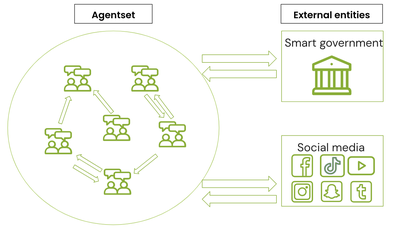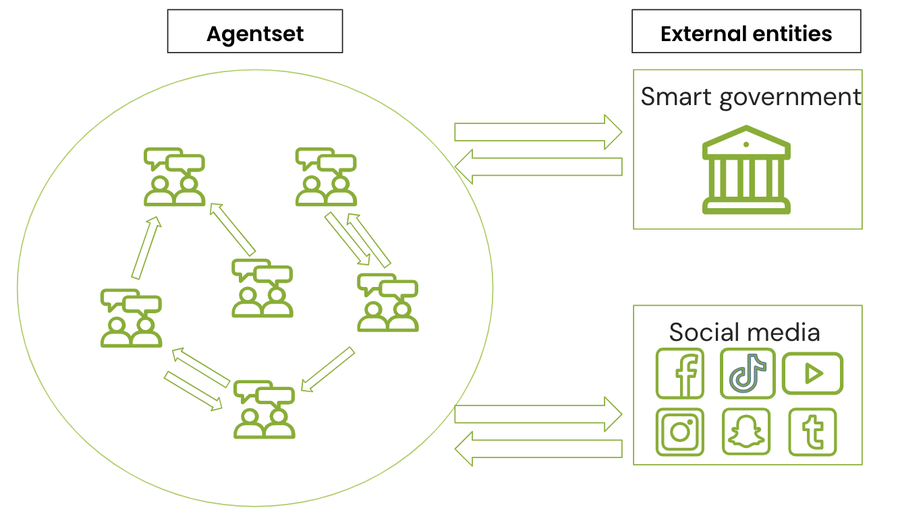Agent-Based Insight into Eco-Choices: Simulating the Fast Fashion Shift (1.0.0)
The present model was created and used for the study titled ``Agent-Based Insight into Eco-Choices: Simulating the Fast Fashion Shift.” The model is implemented in the multi-agent programmable environment NetLogo 6.3.0. The model is designed to simulate the behavior and decision-making processes of individuals (agents) in a social network. It focuses on how agents interact with their peers, social media, and government campaigns, specifically regarding their likelihood to purchase fast fashion.

Release Notes
This is a novel model used to examine changes in consumers’ likelihood to purchase from a fast fashion brand through three mechanisms of influence: social media, peer pressure, and government interventions. We look at the problem through the lens of sustainability, and how education on environmental consequences and workers’ conditions impacts individuals’ shopping habits. The model needs no data to be run.
Associated Publications
https://arxiv.org/pdf/2407.18814
Agent-Based Insight into Eco-Choices: Simulating the Fast Fashion Shift 1.0.0
Submitted by
Daria Soboleva
Published Aug 07, 2024
Last modified Aug 09, 2024
The present model was created and used for the study titled ``Agent-Based Insight into Eco-Choices: Simulating the Fast Fashion Shift.” The model is implemented in the multi-agent programmable environment NetLogo 6.3.0. The model is designed to simulate the behavior and decision-making processes of individuals (agents) in a social network. It focuses on how agents interact with their peers, social media, and government campaigns, specifically regarding their likelihood to purchase fast fashion.
Release Notes
This is a novel model used to examine changes in consumers’ likelihood to purchase from a fast fashion brand through three mechanisms of influence: social media, peer pressure, and government interventions. We look at the problem through the lens of sustainability, and how education on environmental consequences and workers’ conditions impacts individuals’ shopping habits. The model needs no data to be run.

